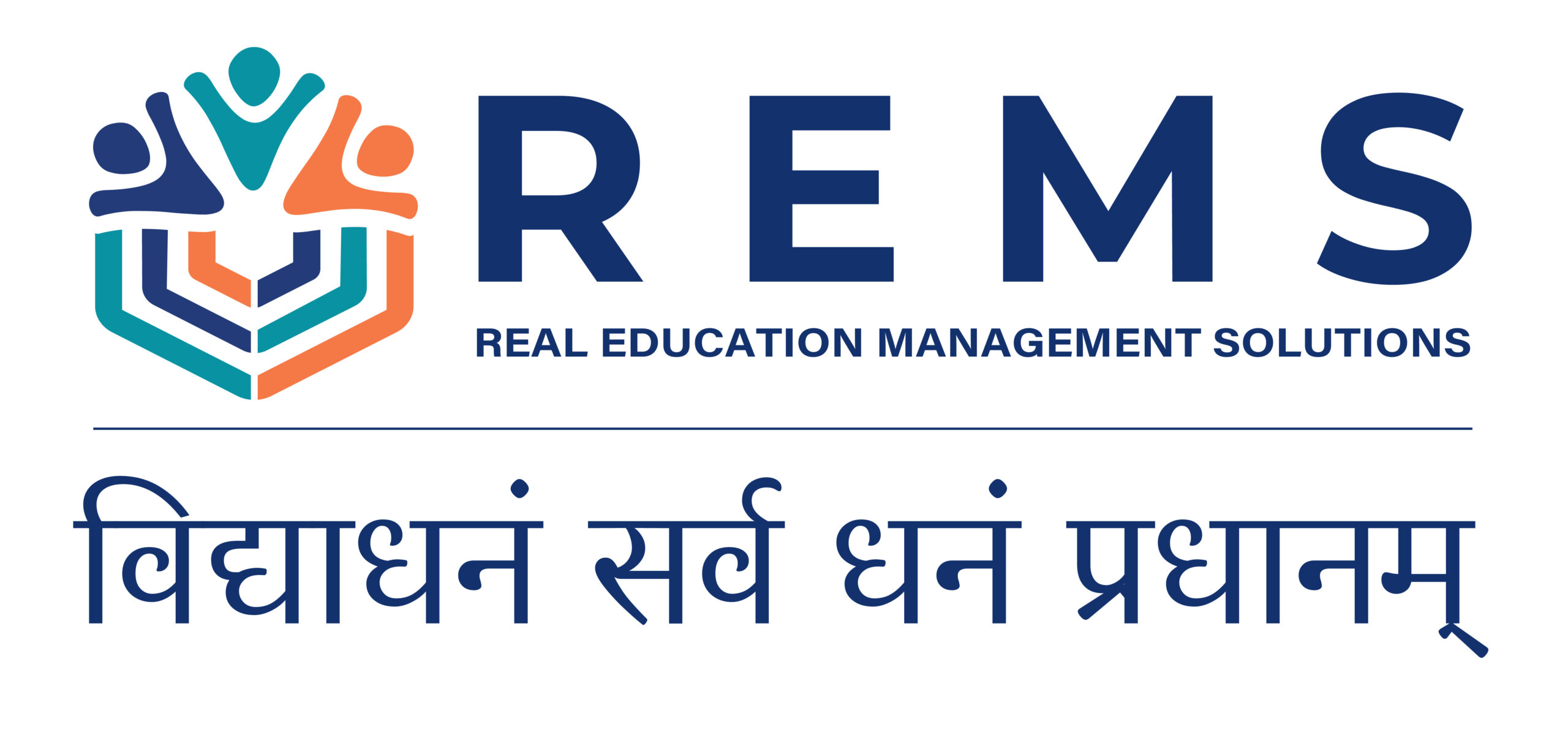Establishing and running an educational institution involves a series of complex tasks that span regulatory approvals, curriculum development, student enrollment, faculty management, and continuous performance monitoring. These tasks often require coordination with multiple stakeholders, including government bodies, accreditation agencies, regulatory authorities, and even industry partners. The intricacies of these interactions can be overwhelming, particularly when educational institutions are working across multiple levels, from kindergarten (KG) to postgraduate (PG) programs.
Education liaisoning — the process of managing and maintaining communication between educational institutions and various external entities — plays a critical role in the smooth establishment and continued success of schools, colleges, and universities. Effective liaisoning ensures that an institution not only meets all regulatory and accreditation requirements but also fosters collaboration and partnerships that enhance its academic offerings.
In this blog, we will explore how REMS (Real Education Management Systems) provides comprehensive education liaisoning services, ensuring smooth operations and streamlined processes from KG to PG.
1. What is Education Liaisoning and Why is it Essential?
Education liaisoning refers to the systematic coordination and communication between educational institutions and external bodies such as accreditation agencies, government regulators, industry stakeholders, and professional organizations. In the context of establishing a school or college, this often involves obtaining permissions, ensuring compliance with educational standards, accrediting academic programs, and maintaining ongoing relationships with regulatory bodies.
Education liaisoning is essential because it:
- Ensures compliance with local and national educational regulations and standards.
- Facilitates accreditation processes that validate the institution’s academic quality.
- Strengthens institutional reputation through industry partnerships and collaborations.
- Streamlines communication between the institution and all external bodies.
Given the increasing complexity of the educational landscape, especially for institutions offering a range of programs from early childhood education (KG) to postgraduate studies (PG), managing these relationships and processes becomes critical.
2. The Challenges in Managing Education Liaisoning Across Different Levels (KG to PG)
The journey of establishing and managing educational institutions spans a wide range of educational levels, each with its own set of challenges. These challenges can become even more complicated when managing multiple programs at different levels, such as kindergarten, primary, secondary, undergraduate, and postgraduate education.
Challenges Faced in KG to PG Education Liaisoning:
- Regulatory Complexity: Different levels of education often have different regulatory requirements. For example, the process of accreditation and regulatory approval for a school (KG-12) is vastly different from a college or university (UG-PG).
- Curriculum Design and Alignment: The academic curricula for each level must be designed in compliance with the standards set by the respective boards or regulatory authorities, which can vary greatly from KG to PG.
- Faculty Requirements: Faculty qualifications and recruitment processes are different across educational levels. PG programs, in particular, often require highly specialized faculty, and the process of recruiting such faculty needs to be efficient.
- Student Enrollment: The processes for enrolling students in primary schools, universities, and postgraduate programs differ substantially, making it necessary to streamline these processes at each level.
- Accreditation and Program Approvals: Securing the required accreditation and approval for each academic program (from KG to PG) requires ongoing liaison with various bodies like the Ministry of Education, accreditation boards, and professional certification bodies.
3. How REMS Supports Education Liaisoning Across All Educational Levels (KG to PG)
REMS (Resource and Education Management Systems) is a comprehensive solution designed to address the unique challenges faced by educational institutions at every level, from KG to PG. By offering a range of liaisoning and management tools, REMS simplifies complex processes, improves communication, and ensures that institutions comply with regulatory standards at every stage of development.
a. Streamlined Regulatory Compliance and Approval Process
For schools and colleges to function effectively, they must meet the educational standards set by local, regional, and national authorities. REMS ensures that institutions are equipped to meet these standards by automating and streamlining the regulatory compliance process at all levels.
How REMS Helps:
- Automated Documentation and Submission: REMS centralizes all regulatory documents and automates the submission process to government agencies, ensuring that schools and colleges comply with the required regulations and timelines.
- Compliance Dashboards: REMS provides real-time compliance dashboards that track the status of all regulatory approvals, accreditation processes, and submissions. This enables administrators to track progress and ensure that no deadlines are missed.
- Cross-Level Standardization: REMS ensures that compliance standards are consistently applied across various levels of education, ensuring that curriculum design, faculty qualifications, and student assessment processes meet the required benchmarks from KG to PG.
b. Curriculum Design and Academic Program Accreditation
Whether designing a curriculum for a kindergarten program or a master’s degree course, the curriculum must be in line with the requirements of accrediting bodies and regulatory authorities. REMS helps institutions create and maintain curricula that meet industry standards and regulatory requirements.
How REMS Helps:
- Curriculum Mapping Tools: REMS allows schools and colleges to map their curricula to regulatory and accreditation standards for each level. This helps ensure that the curriculum is up-to-date, comprehensive, and aligned with national or international education standards.
- Accreditation Process Support: REMS guides institutions through the accreditation process by ensuring that all necessary documents, syllabi, and learning outcomes are prepared and submitted accurately.
- Cross-Level Curriculum Integration: REMS ensures that there is alignment between the academic programs at different levels, making it easier for students to transition seamlessly from KG to higher education. For example, it ensures that the primary school curriculum builds a solid foundation for secondary education, which in turn prepares students for undergraduate and postgraduate programs.
c. Faculty Recruitment and Management
Faculty recruitment and management are essential components of any educational institution. The qualifications required for teaching at different educational levels can vary widely, and REMS ensures that the institution can meet these requirements efficiently.
How REMS Helps:
- Automated Faculty Management: REMS includes tools for managing faculty profiles, including qualifications, certifications, and teaching history, ensuring that faculty members meet the required criteria for each educational level.
- Integrated Recruitment Process: REMS streamlines the faculty recruitment process by automating job postings, application tracking, and interview scheduling. This helps institutions find the right teachers for KG programs, primary/secondary education, and specialized faculty for UG/PG courses.
- Performance Tracking: REMS helps institutions track faculty performance through feedback and evaluation mechanisms. This ensures that teaching quality is maintained at every level of education, from kindergarten teachers to postgraduate professors.
d. Seamless Student Enrollment and Admission Process
The student enrollment process for each level of education differs significantly, but REMS ensures that all aspects of this process are streamlined, from the first step in kindergarten to postgraduate admissions.
How REMS Helps:
- Customizable Admission Workflows: REMS allows institutions to customize admission processes for each level of education, ensuring that the requirements for KG, undergraduate, and postgraduate admissions are handled efficiently.
- Student Data Management: The system manages student data across various stages of their academic journey, ensuring that information is centralized, accurate, and accessible to administrators, teachers, and regulators.
e. Continuous Liaisoning with Regulatory Bodies and Industry Partners
As educational institutions grow and diversify, ongoing liaisoning with regulatory bodies, accreditation agencies, and industry partners becomes crucial. REMS facilitates this continuous interaction to ensure that institutions remain compliant, maintain accreditation, and collaborate with industry leaders.
How REMS Helps:
- Automated Communication and Follow-Ups: REMS automates communication with regulatory authorities and accreditation bodies, ensuring that institutions stay on top of any required documentation, updates, or inspections.
- Partnership Management: The system helps institutions establish and maintain partnerships with industry bodies, employers, and other educational institutions, facilitating internship programs, guest lectures, and collaborative research opportunities for students across all levels.
- Real-Time Feedback Loops: REMS facilitates feedback loops with stakeholders, including parents, students, faculty, and industry partners, ensuring that the institution continuously improves and aligns its offerings with the needs of the education sector.
4. Why REMS is the Ideal Solution for Comprehensive Liaisoning Services
REMS offers a unique and integrated approach to education liaisoning that spans the entire educational journey—from KG to PG. By automating compliance, curriculum design, faculty management, student admissions, and ongoing communication with regulatory bodies, REMS simplifies the complex and multifaceted process of running educational institutions. Whether you’re a school, a college, or a university, REMS ensures that you can focus on providing high-quality education while efficiently managing the administrative workload.
Conclusion: Simplifying the Education Liaisoning Journey with REMS
The process of establishing and running educational institutions, particularly those offering a wide range of programs from KG to PG, requires seamless liaisoning with various external bodies and stakeholders. REMS acts as the cornerstone that facilitates these interactions, ensuring that institutions meet regulatory standards, manage their curricula, recruit qualified faculty, and maintain ongoing compliance.
For educational institutions looking to navigate the intricate process of establishing a successful school, college, or university, REMS offers the tools and support needed to streamline operations, enhance collaboration, and ensure a hassle-free journey. With REMS, you can focus on what truly matters—delivering exceptional education at every level.

